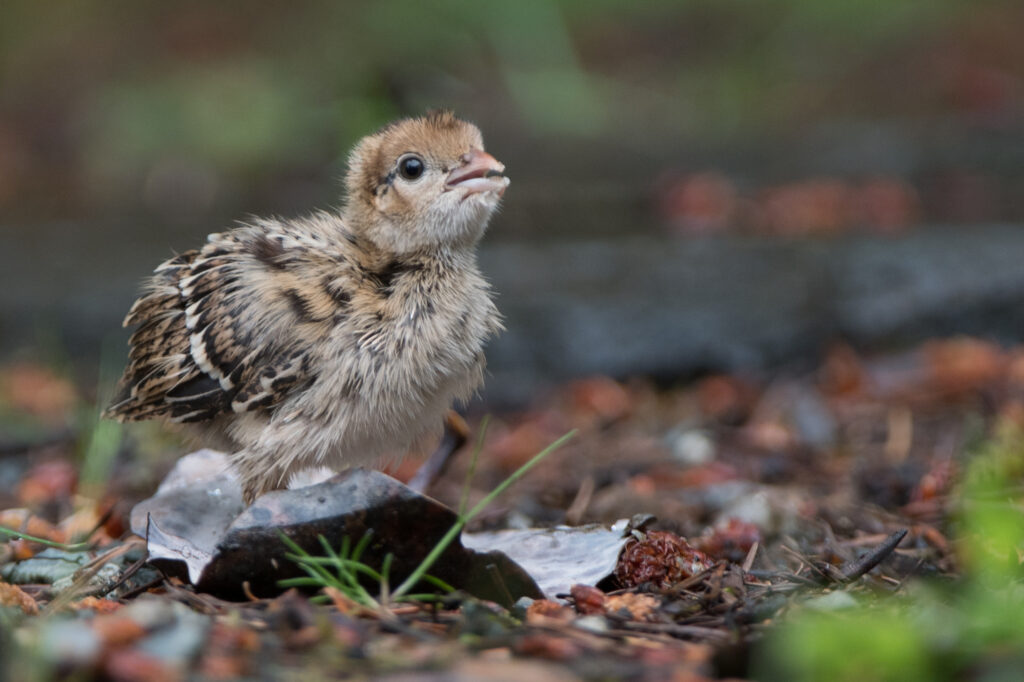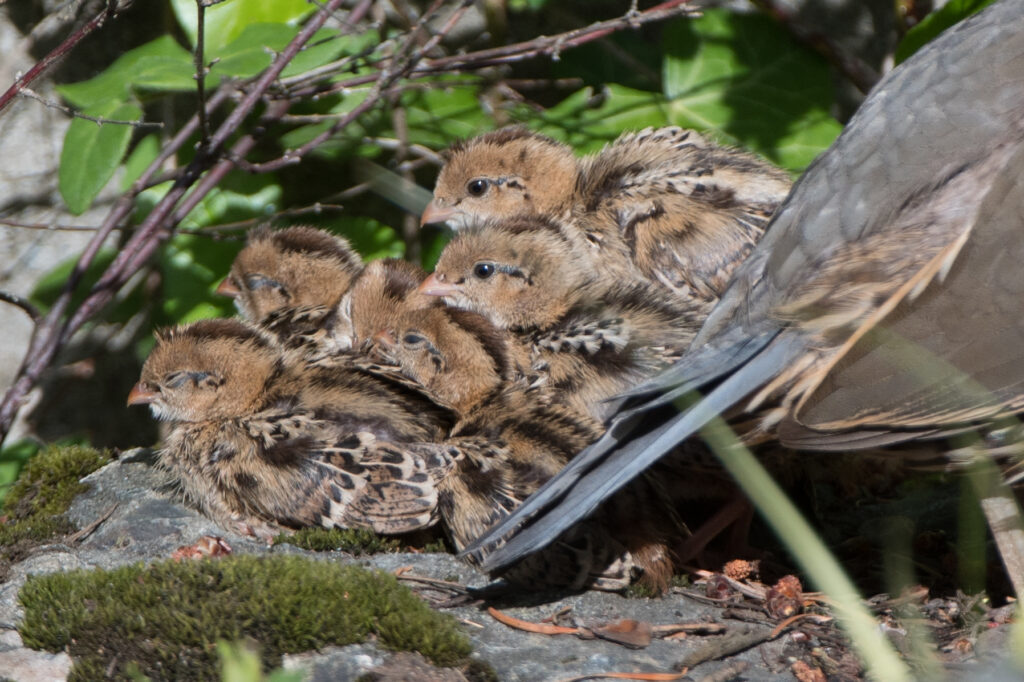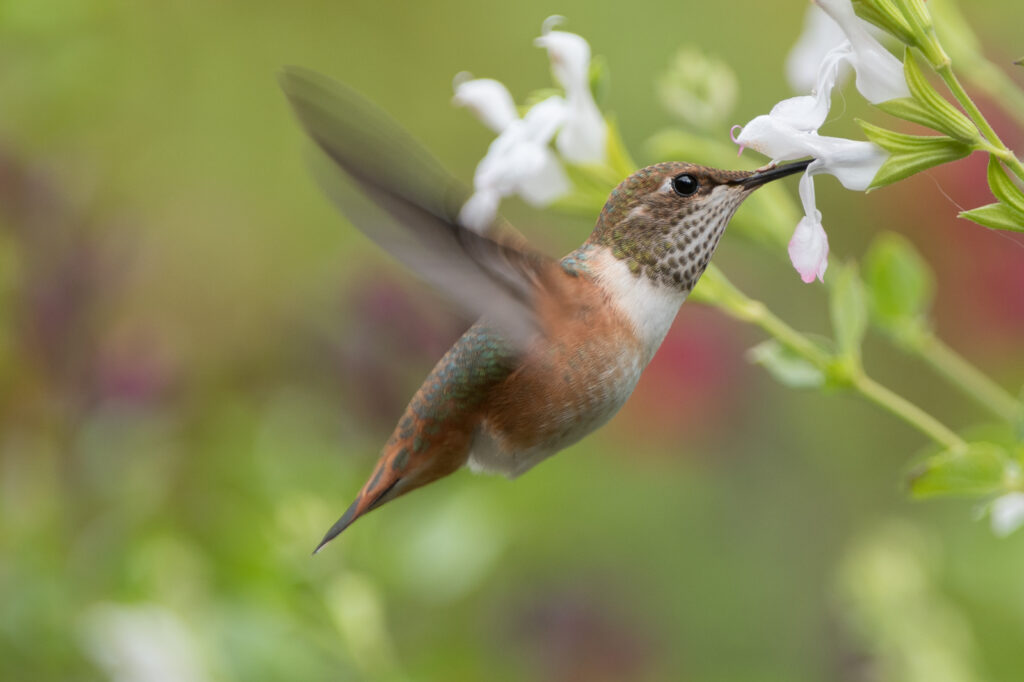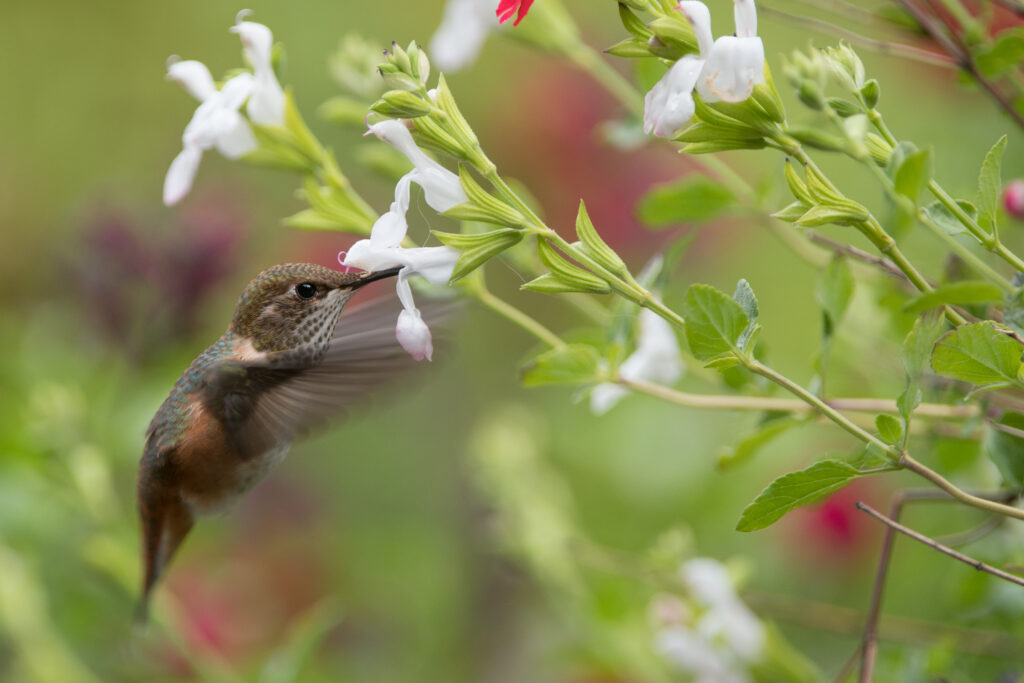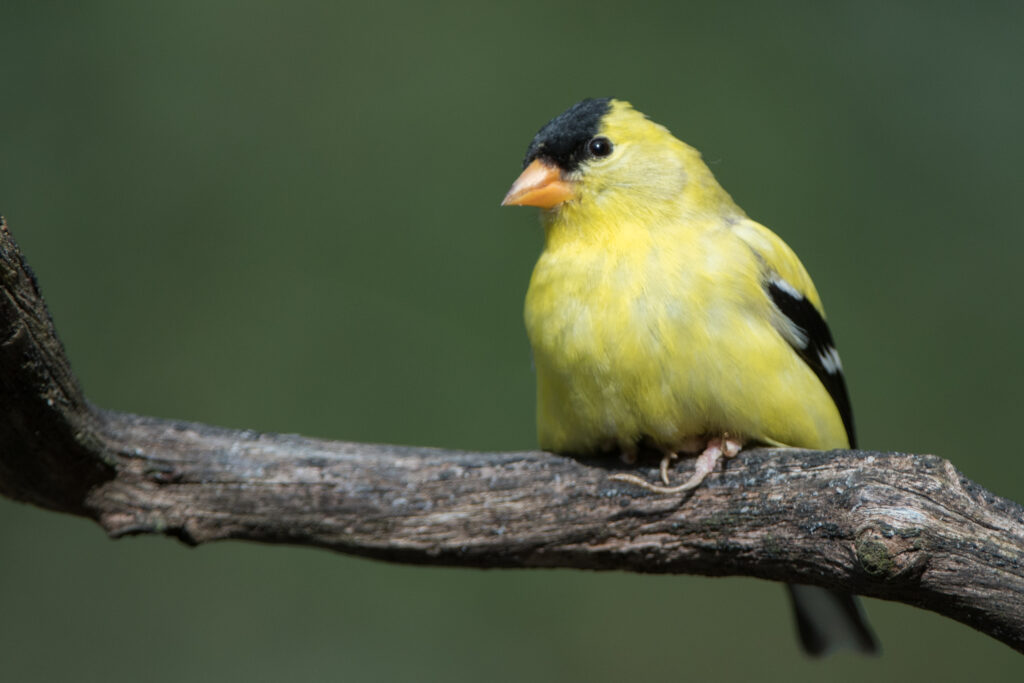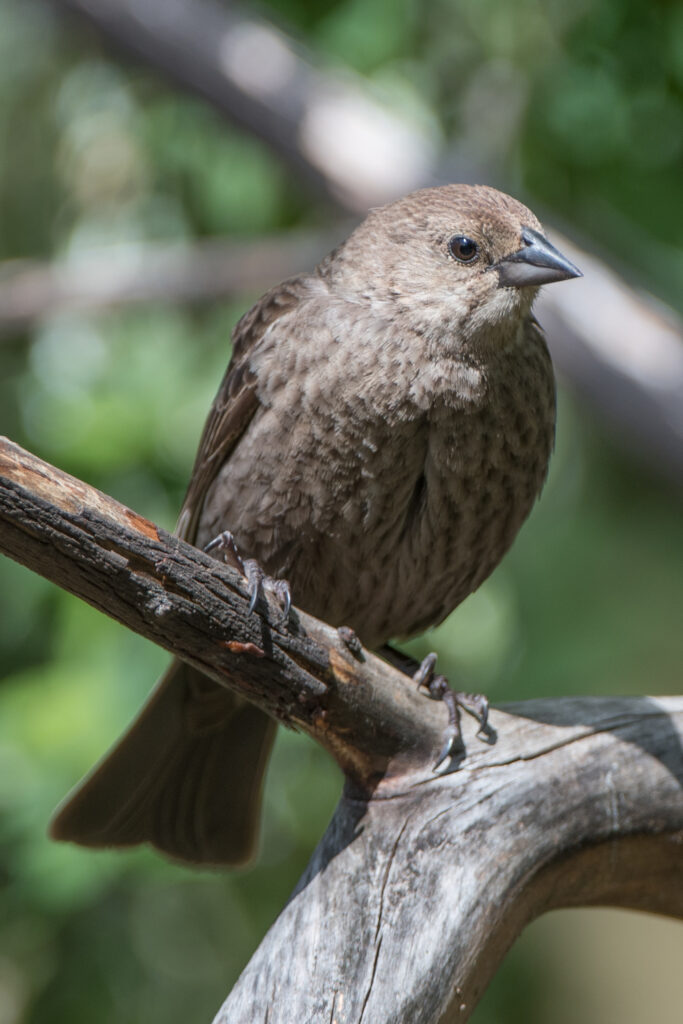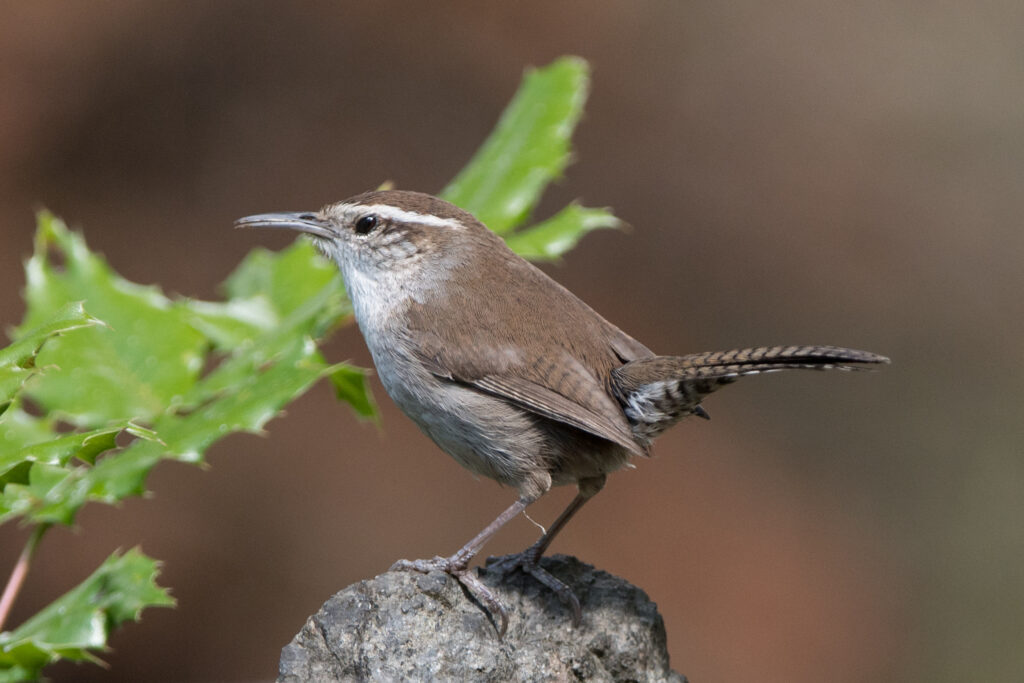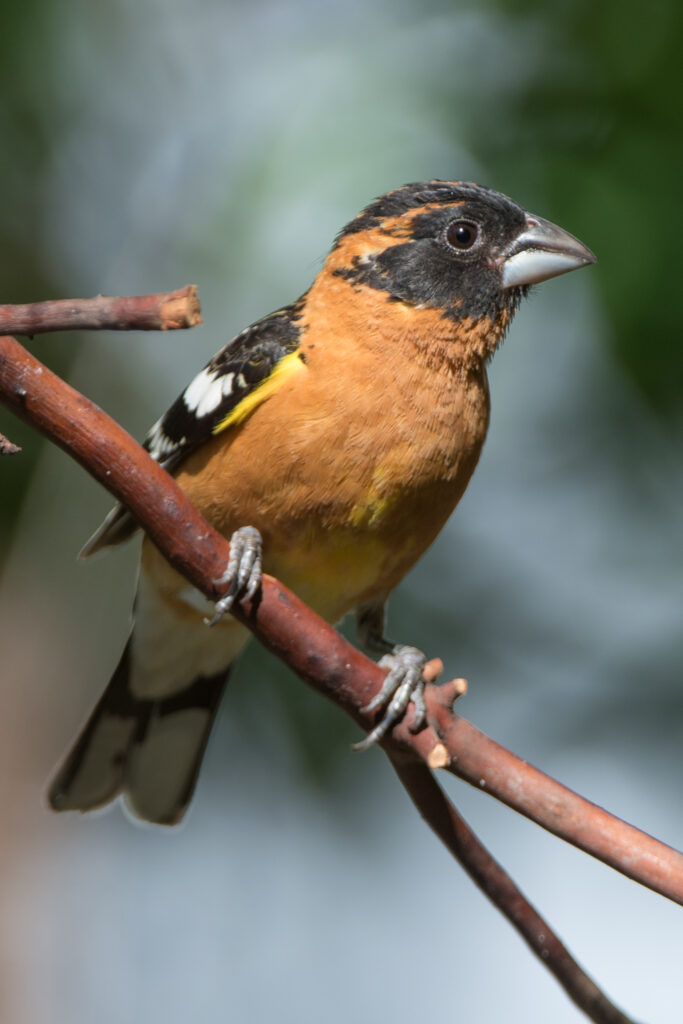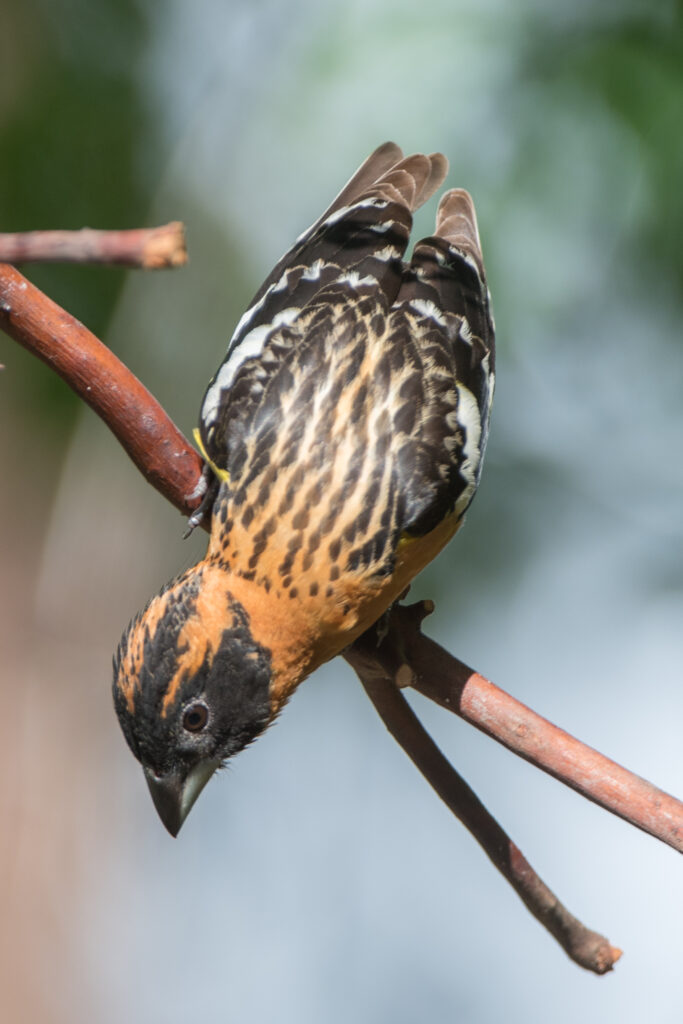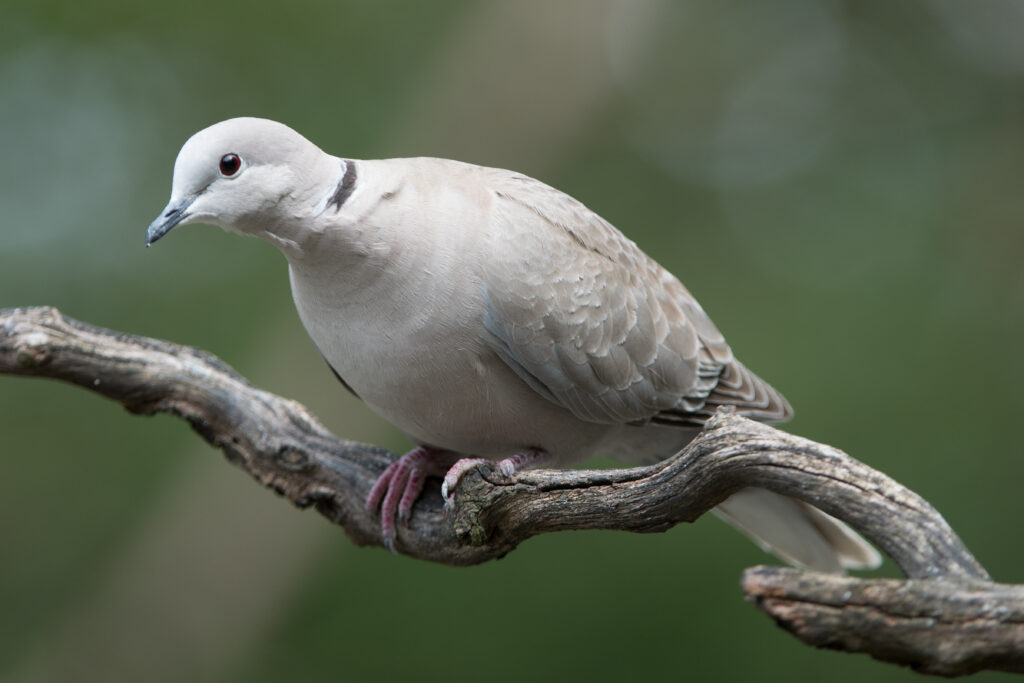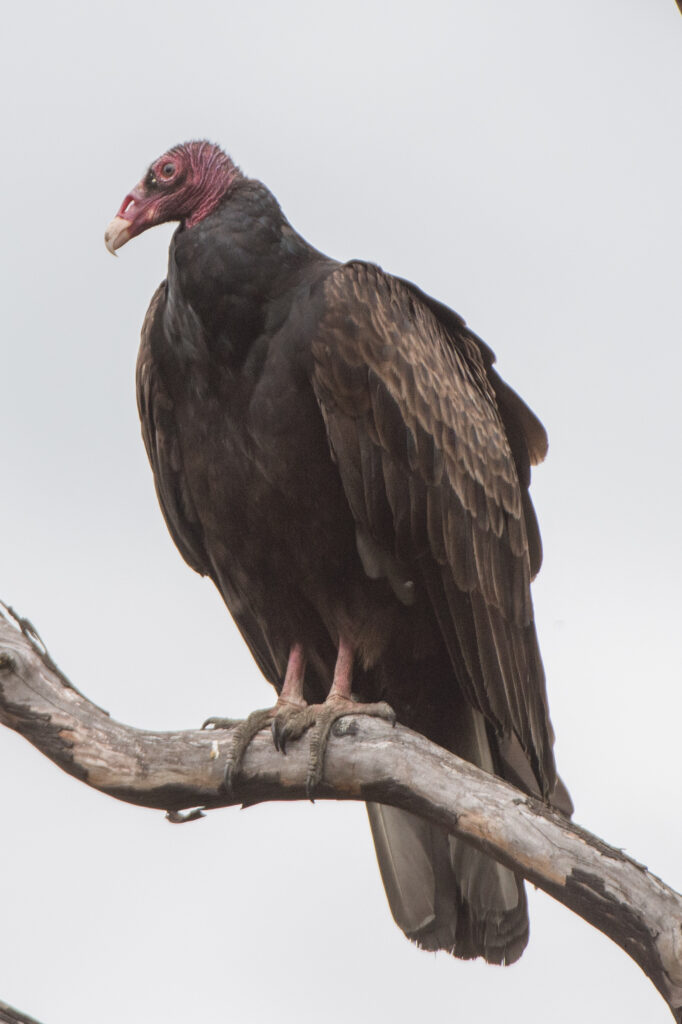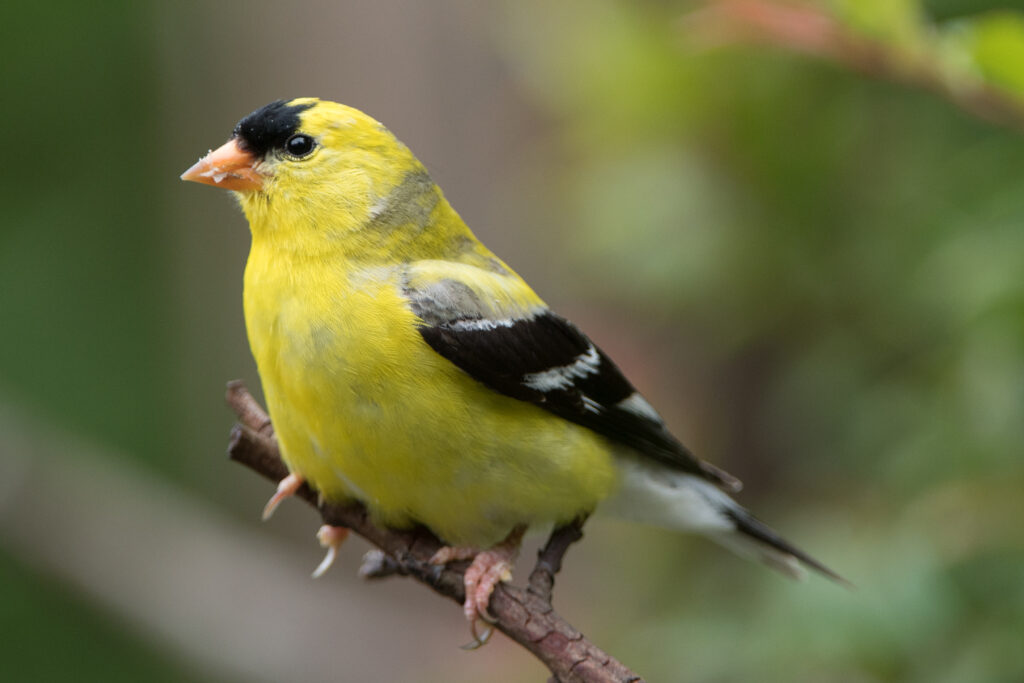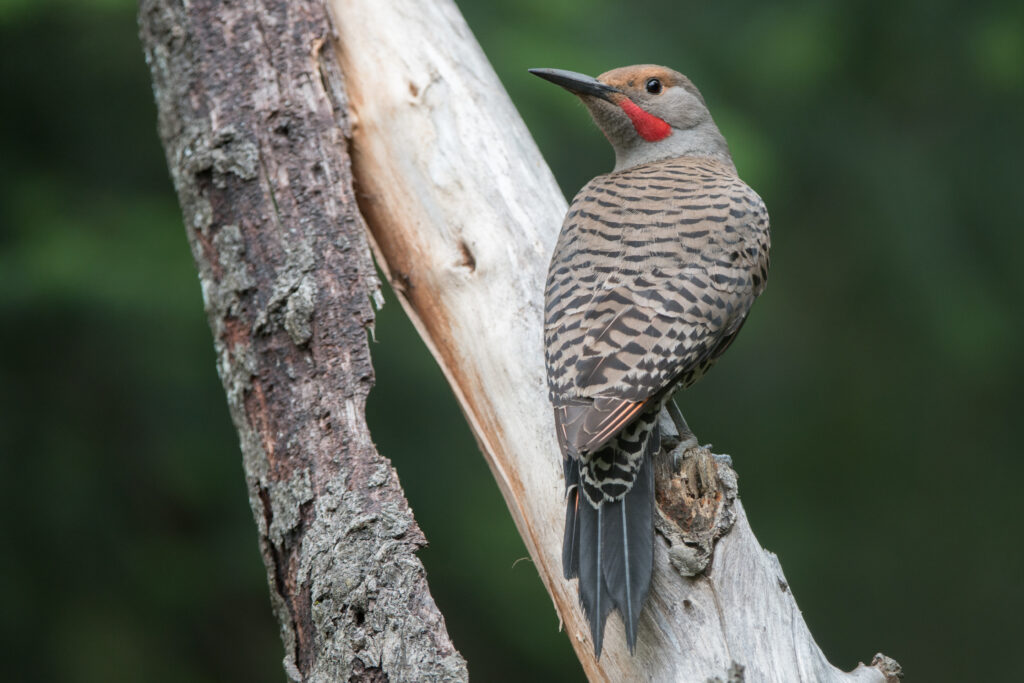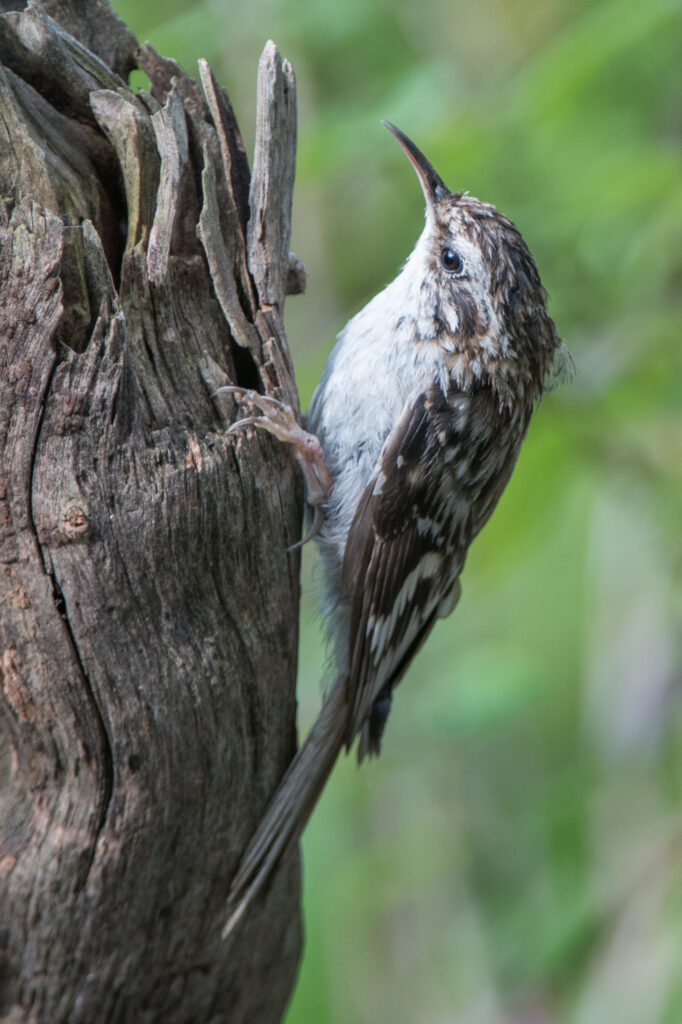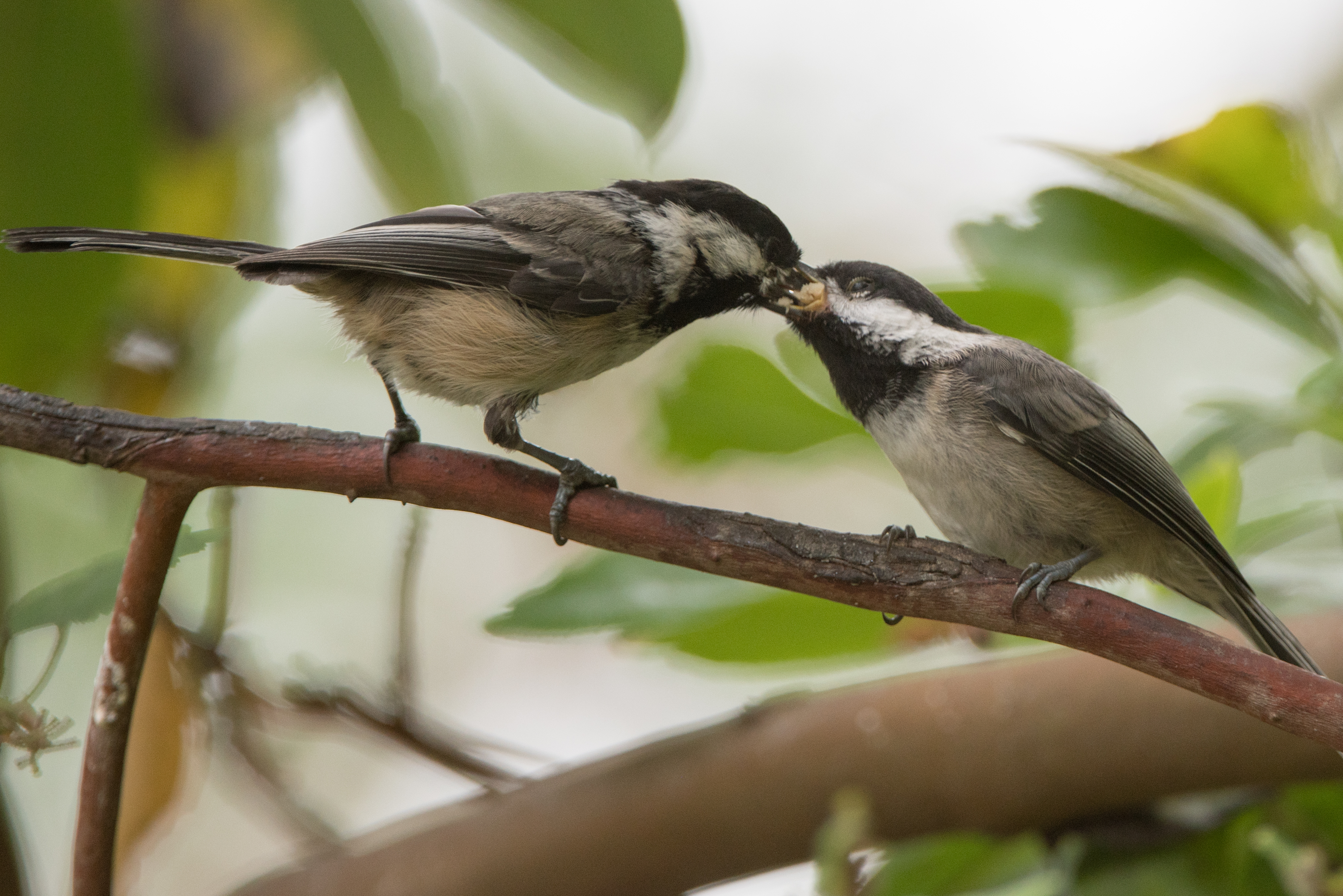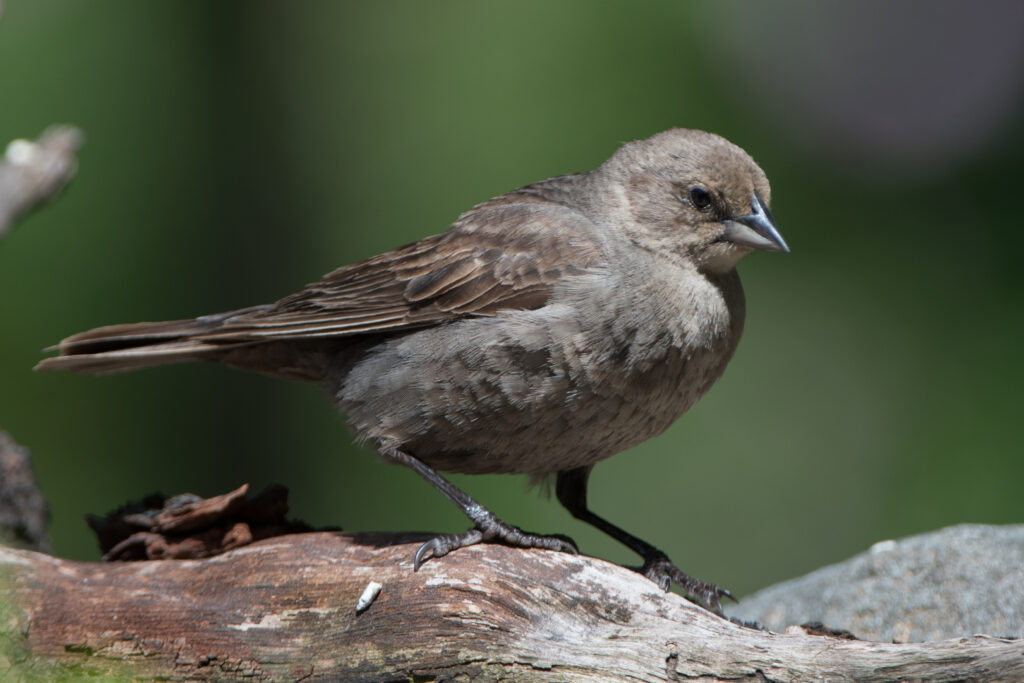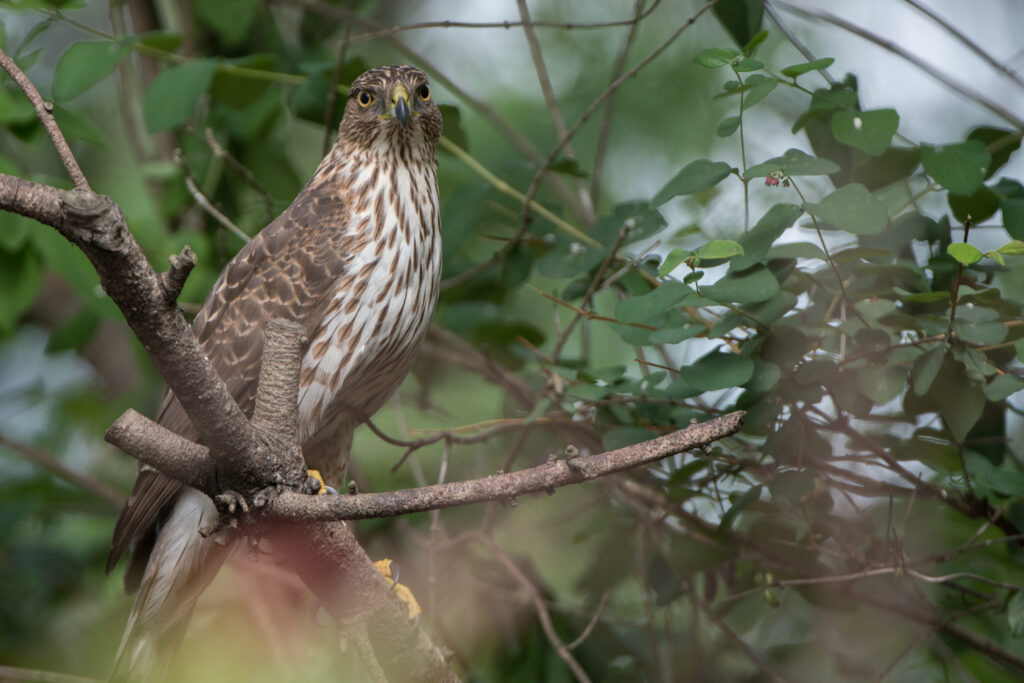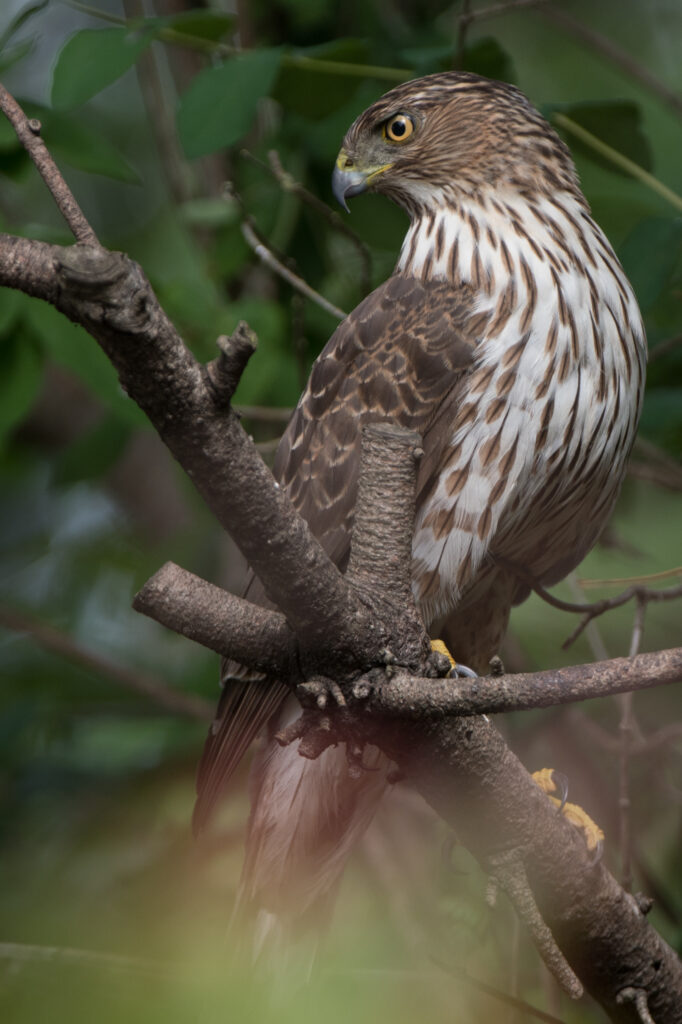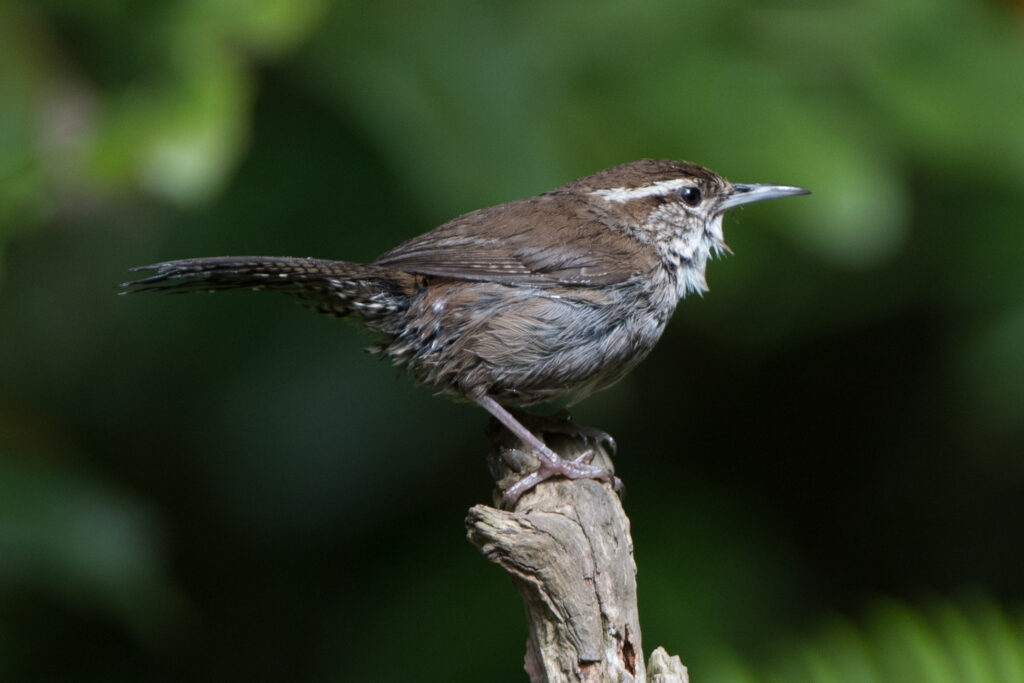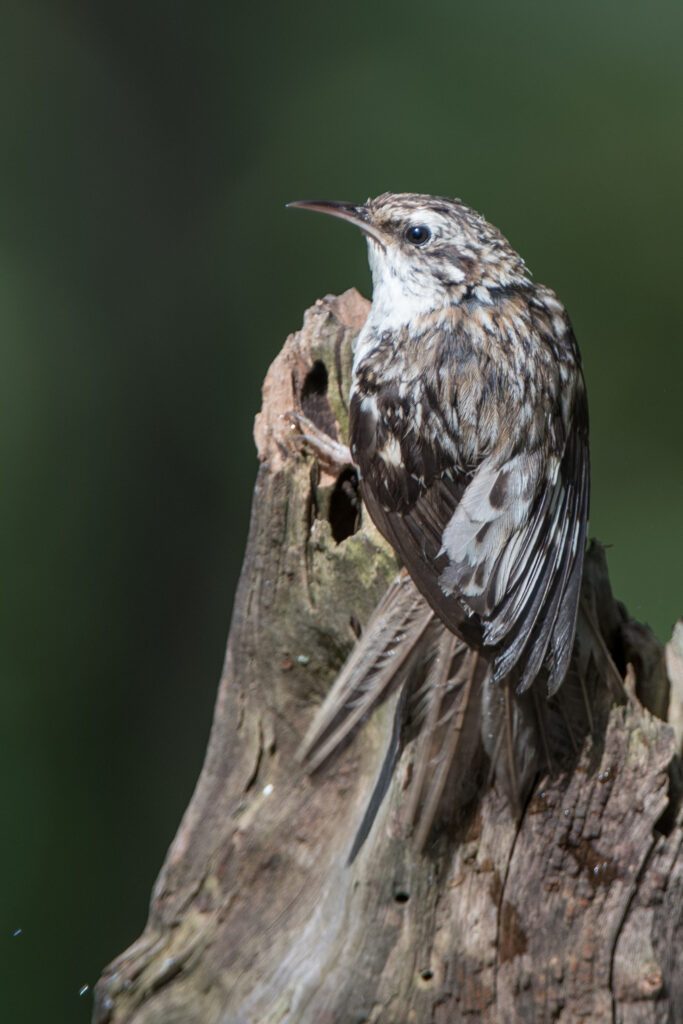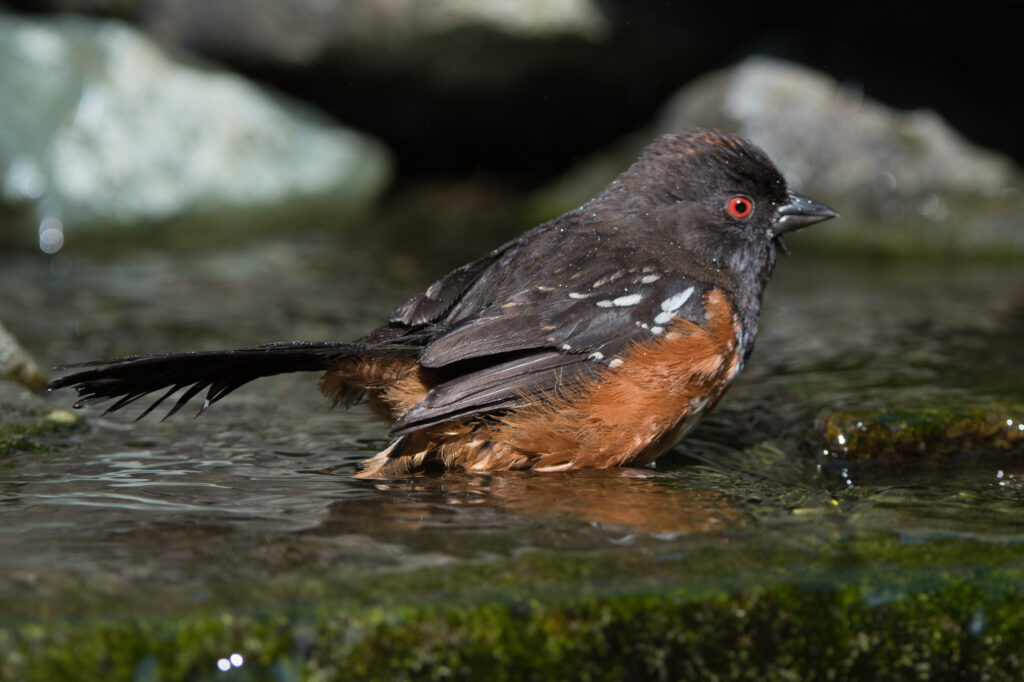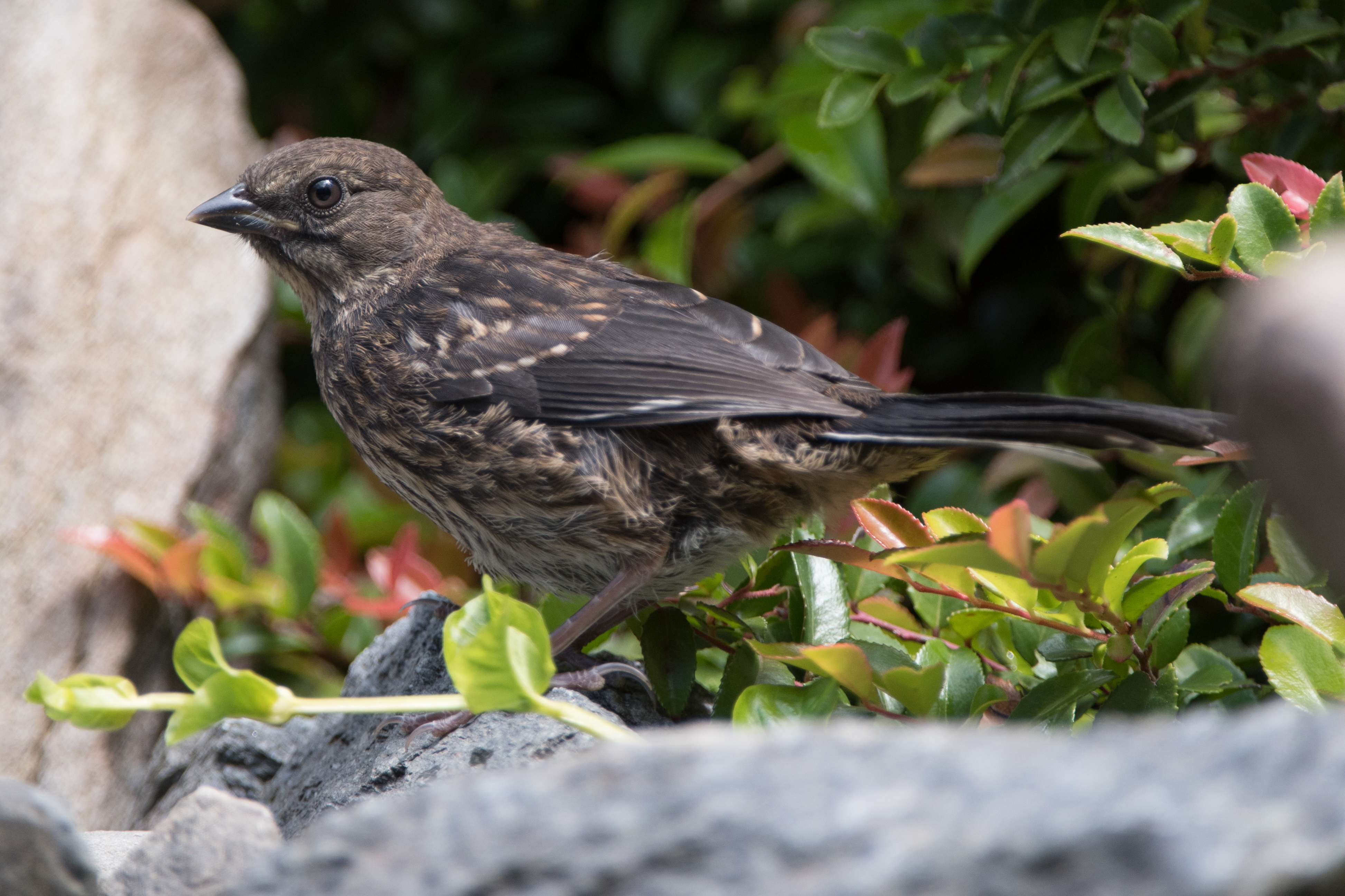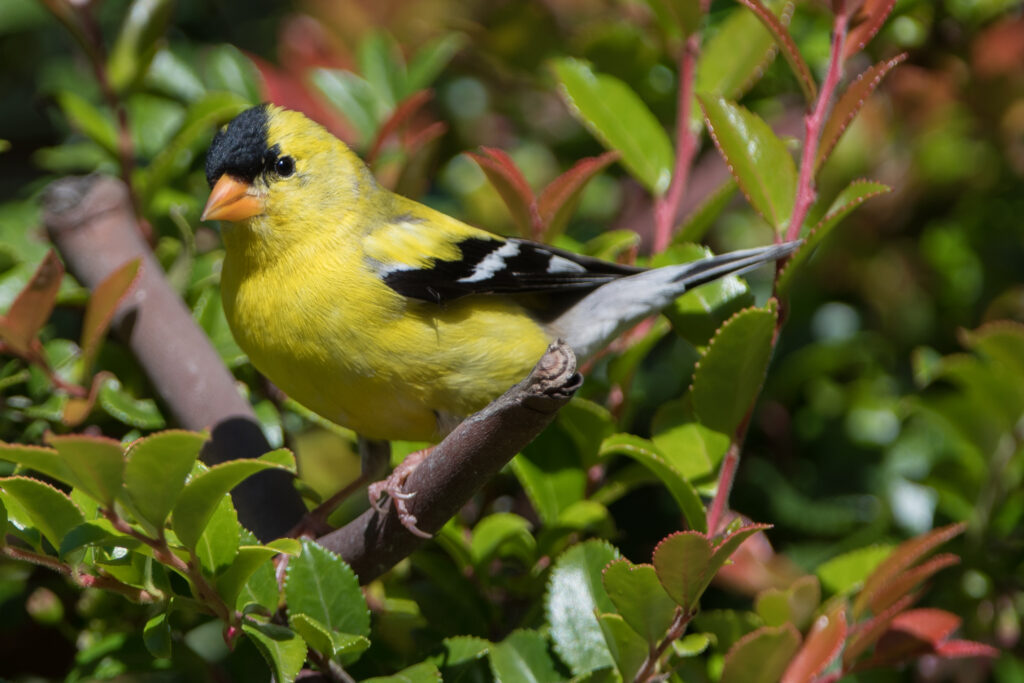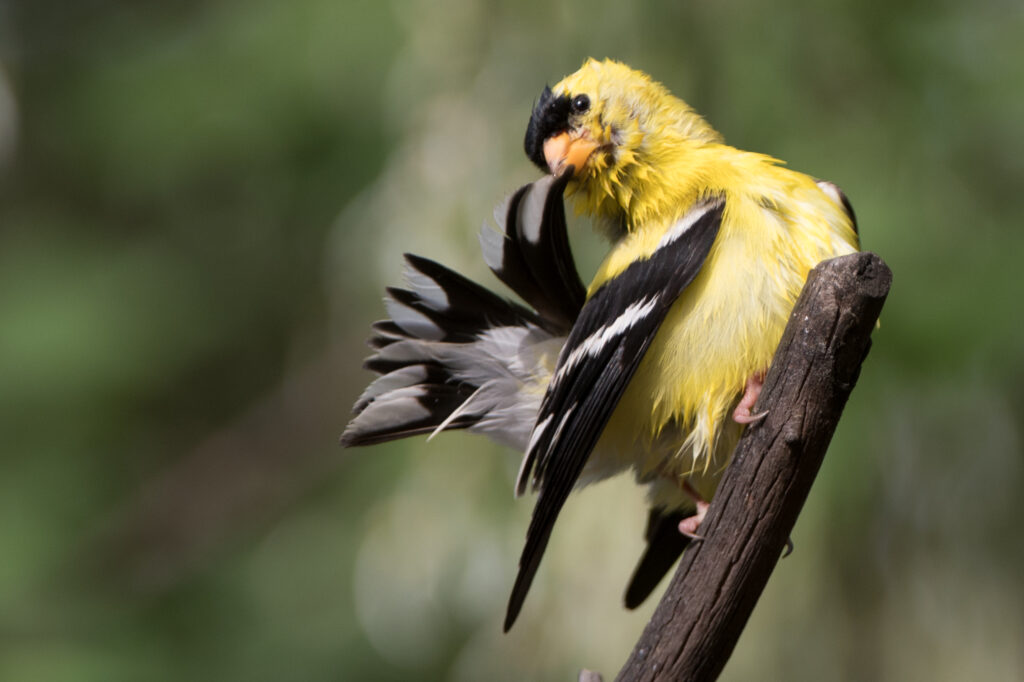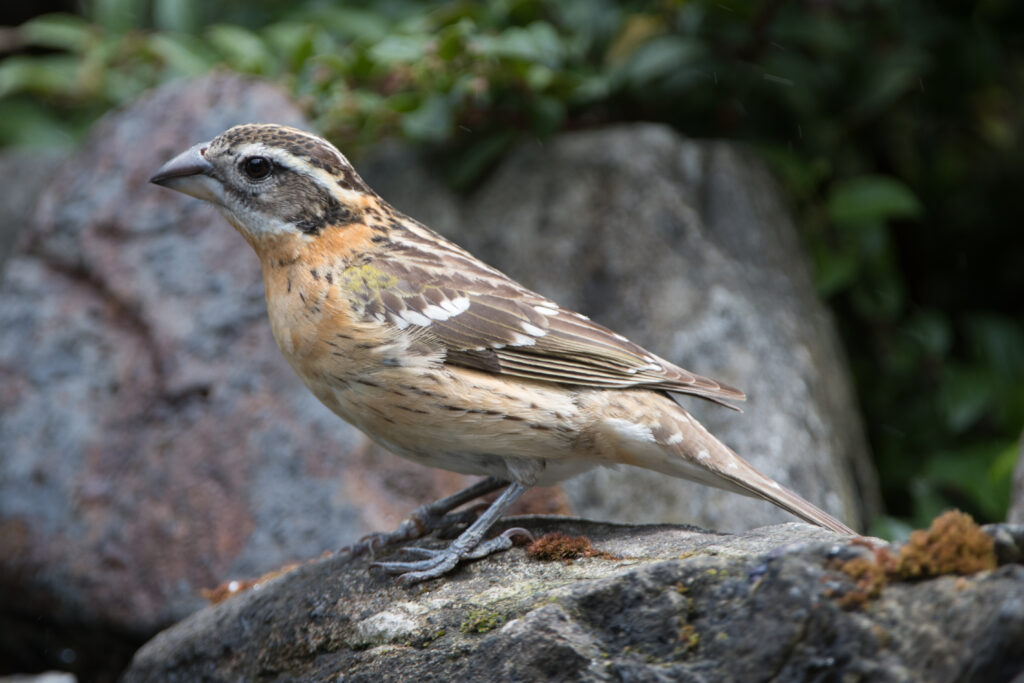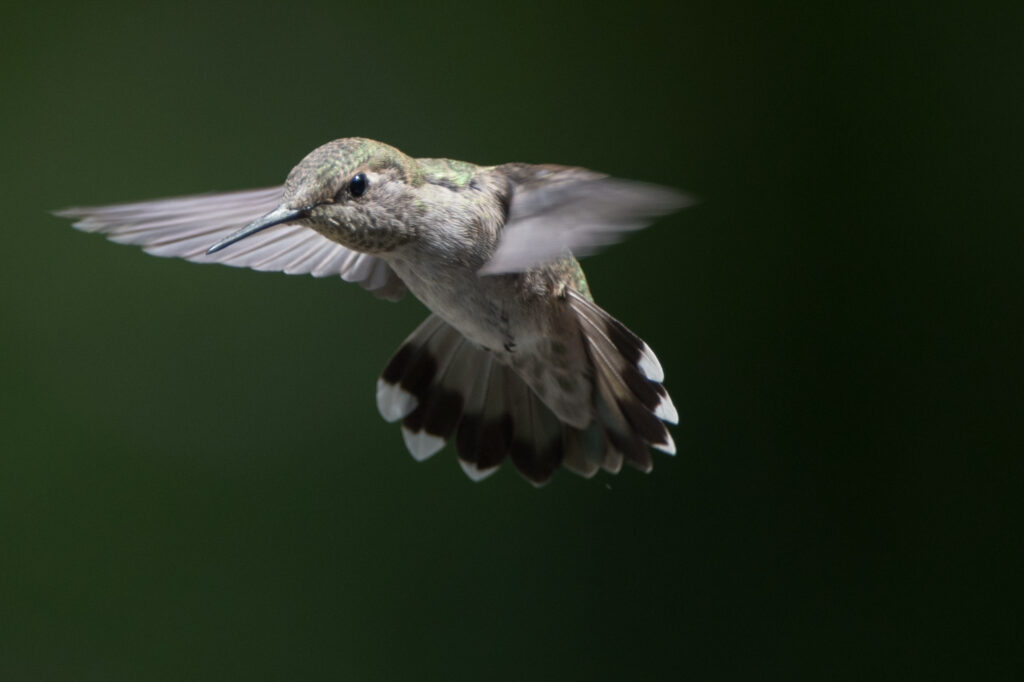I spent considerable time working and birding in the yard on June 14, 2020. There were LOTS of birds in the yard but a limited number of species (23 if I haven’t forgotten any). House sparrows accounted for the largest number of birds followed by House finches (with families of juveniles) and then American goldfinches. I decided to provide a mid-June inventory of yard visitors but was not able to photograph each of these species.
Crow
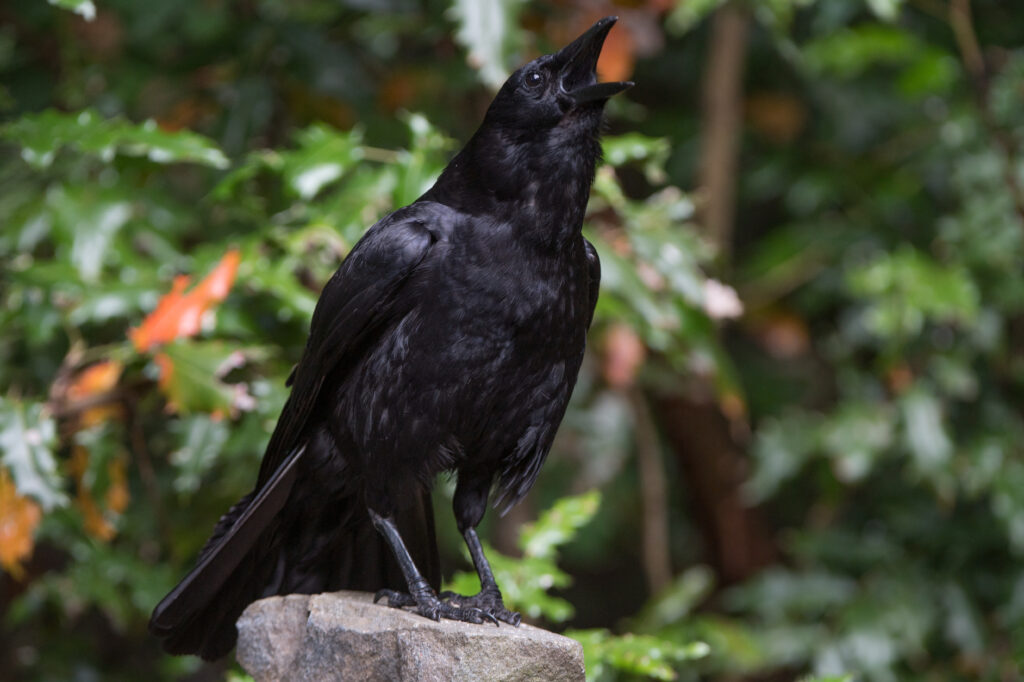
Quail, California (2M, F, ~11j)
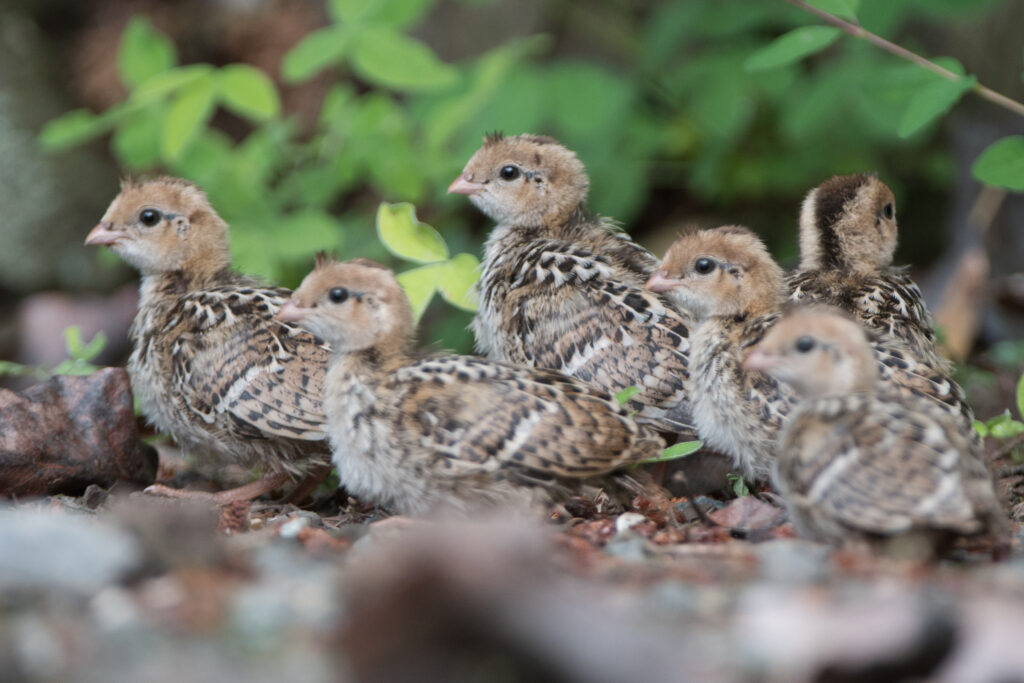
Hummingbird, Rufous (M, F)
Hummingbird, Anna’s (M, F)
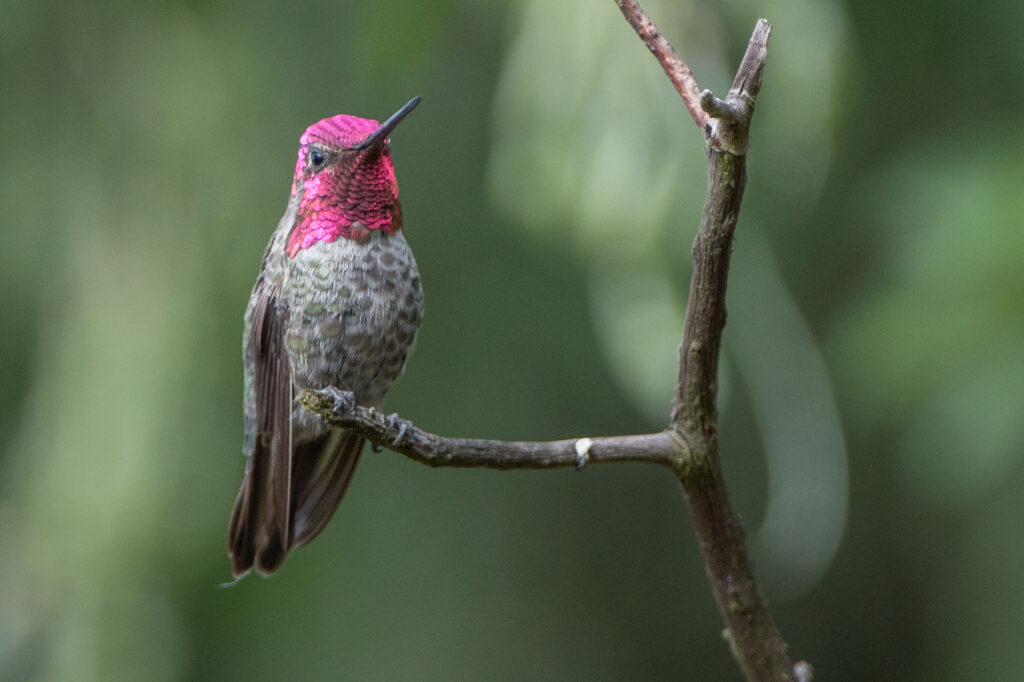
Flicker, Northern (M, F)
Woodpecker, Downy (M, mj)
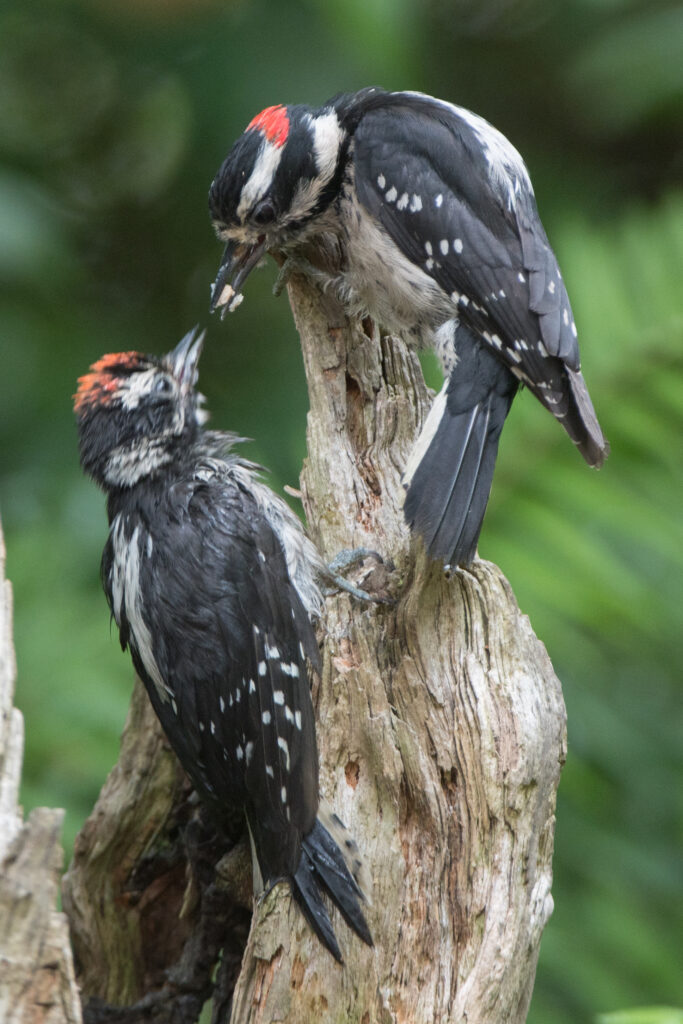
I obtained photos of an adult male feeding a juvenile male.
Wren, Bewick’s
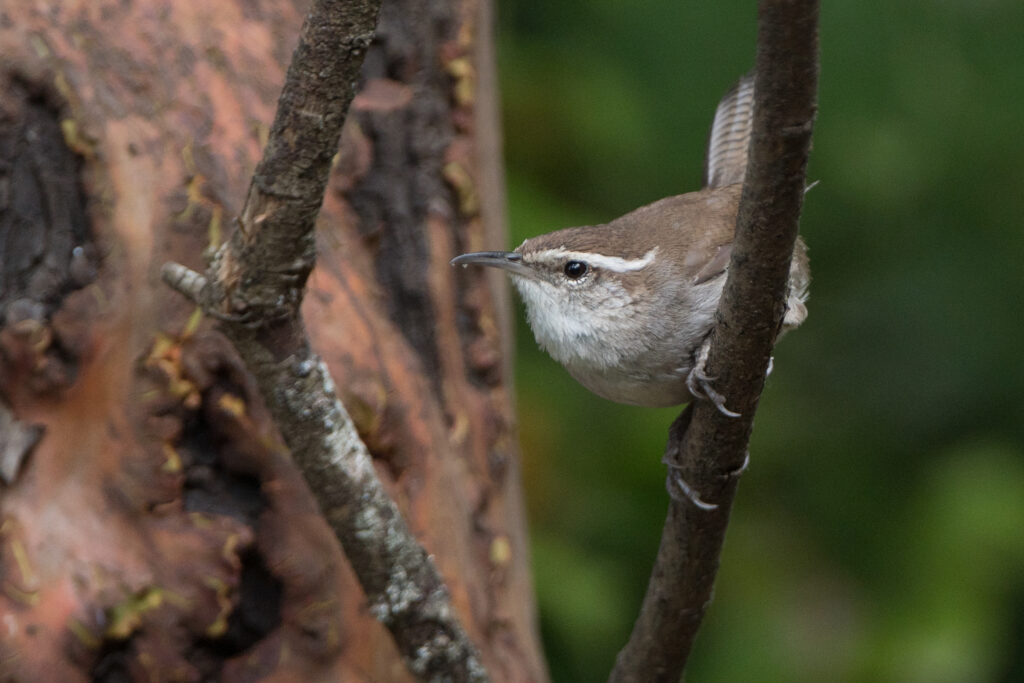
Flycatcher, Pacific Slope
This was the bird of the day! It’s been showing up here once about every other week for the last month or so, and considering past history, is a very rare visitor.
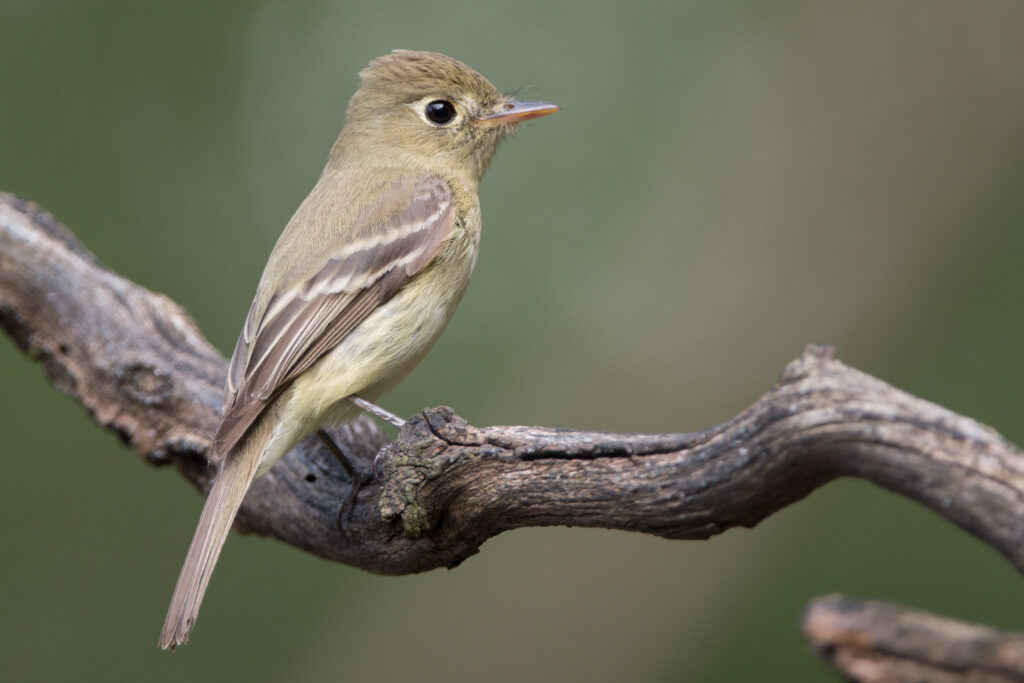
Chickadee, Black-capped (A, j)
We had chickadees breed in one of our bird houses this year and presumably fledge young.
Chickadee, Chestnut-backed
I had a chickadee land on my hat while I was sitting in the yard photographing birds, I was unable to identify the species since it was on top of my head!
Creeper, Brown
Nuthatch, Red-breasted
We had a family of four juveniles fledge somewhere in the area and some are apparently still frequenting the yard.
Robin, American
Finch, House (2M, F, j)
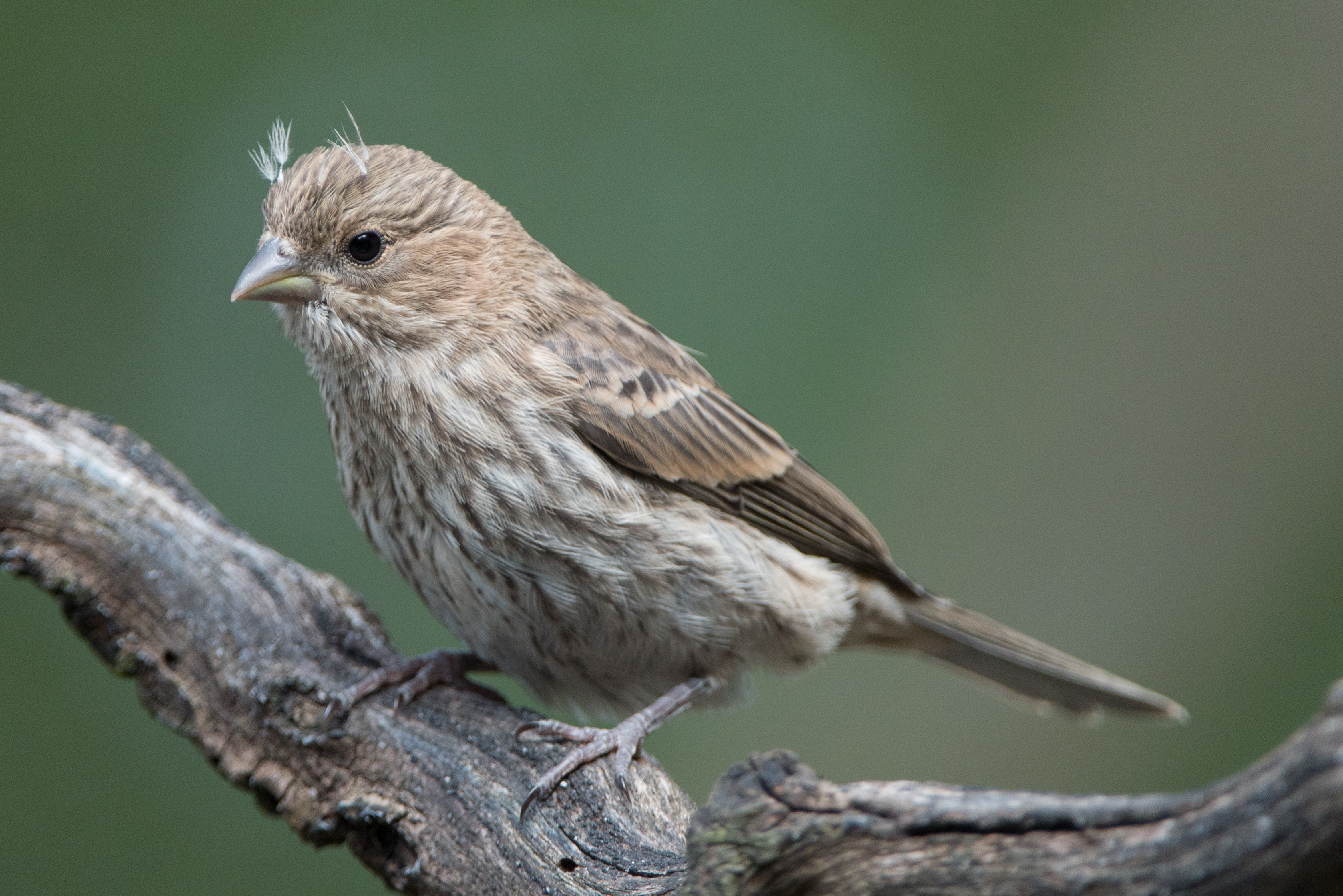
Sparrow, House (M, F, j)
Sparrow, White-crowned
Towhee, Spotted (M, F, 2j)
Junco, Dark-eyed (A, 2j)
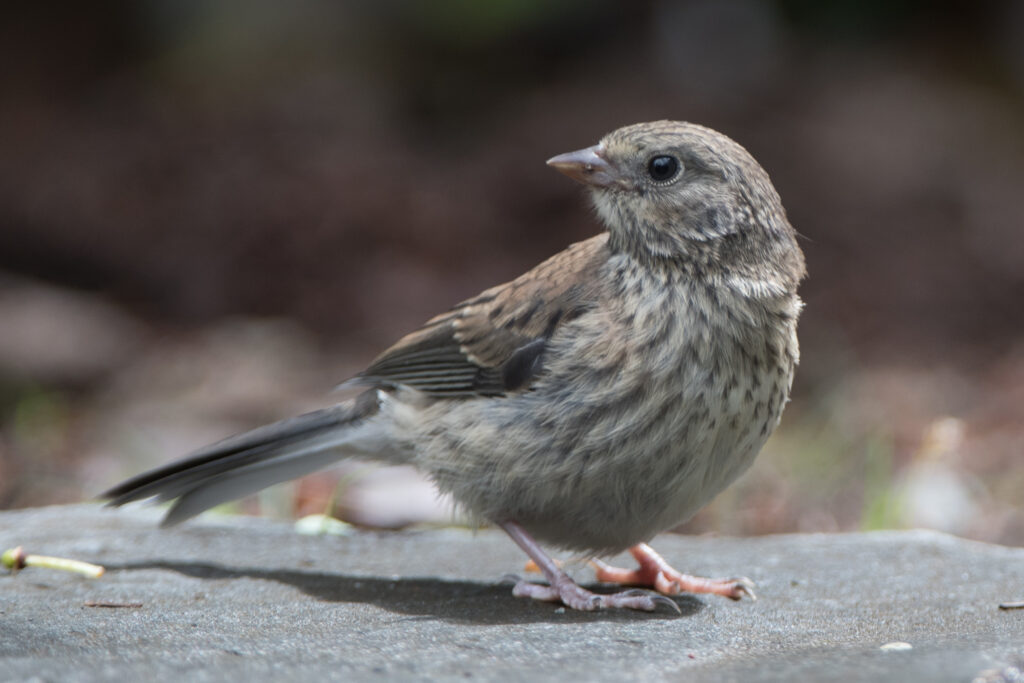
Siskin, Pine (A, j)
Grosbeak, Black-headed (M, F)
Goldfinch, American (M, F)
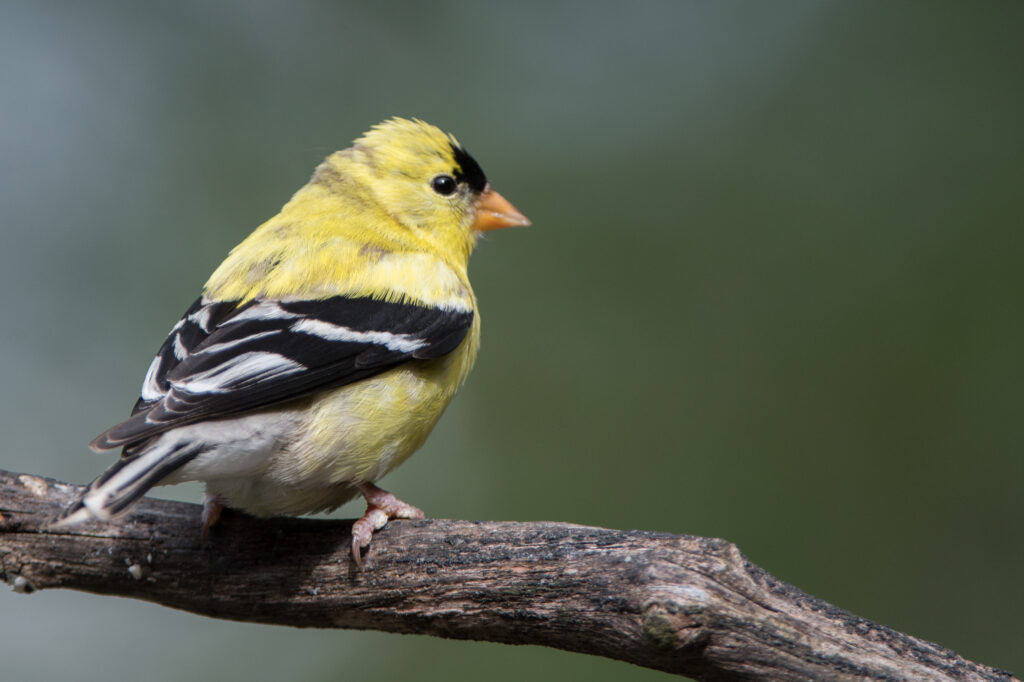
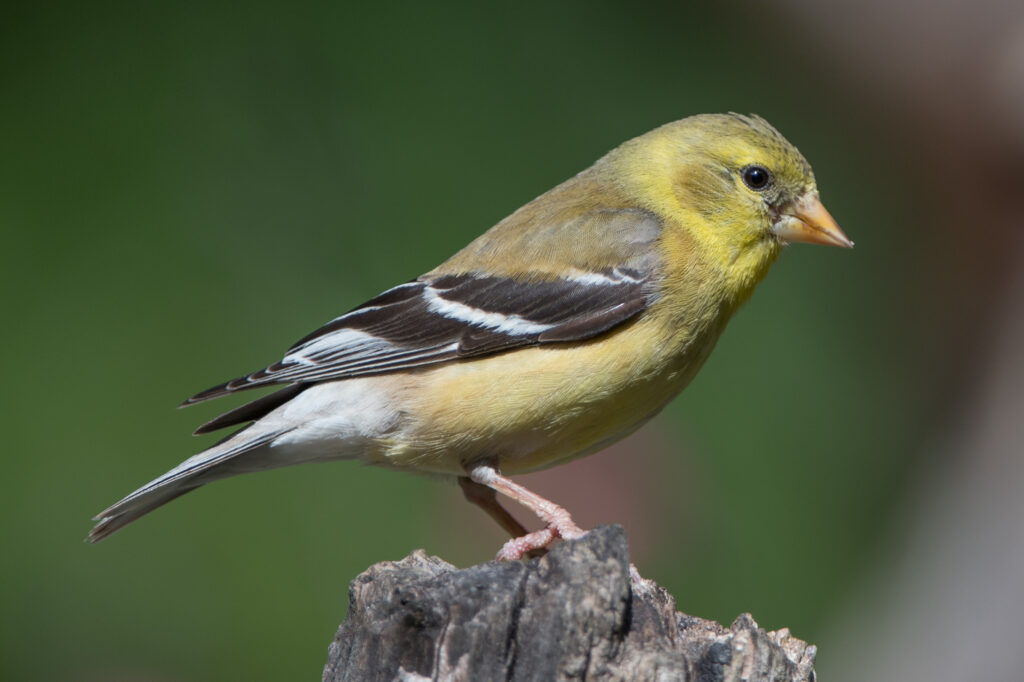
Starling, European (A, j)
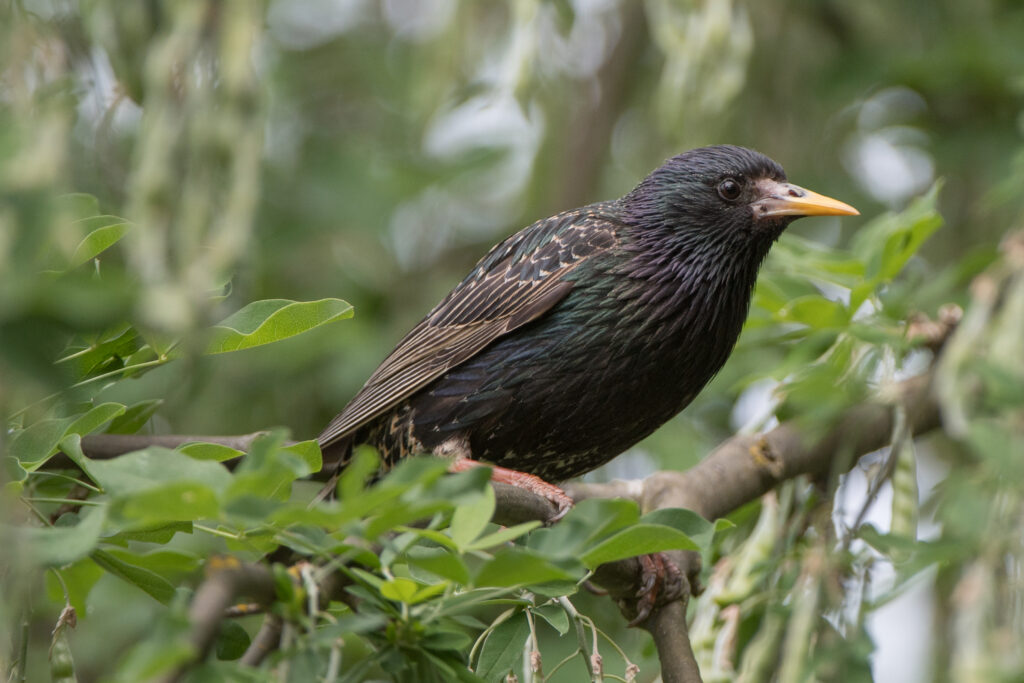
Dove, Eurasian Collared
Sadly, we haven’t had a single warbler visit the yard in about three weeks!
M = adult male
F = adult female
A = adult of on determinant sex
j = juvenile of indeterminate sex

